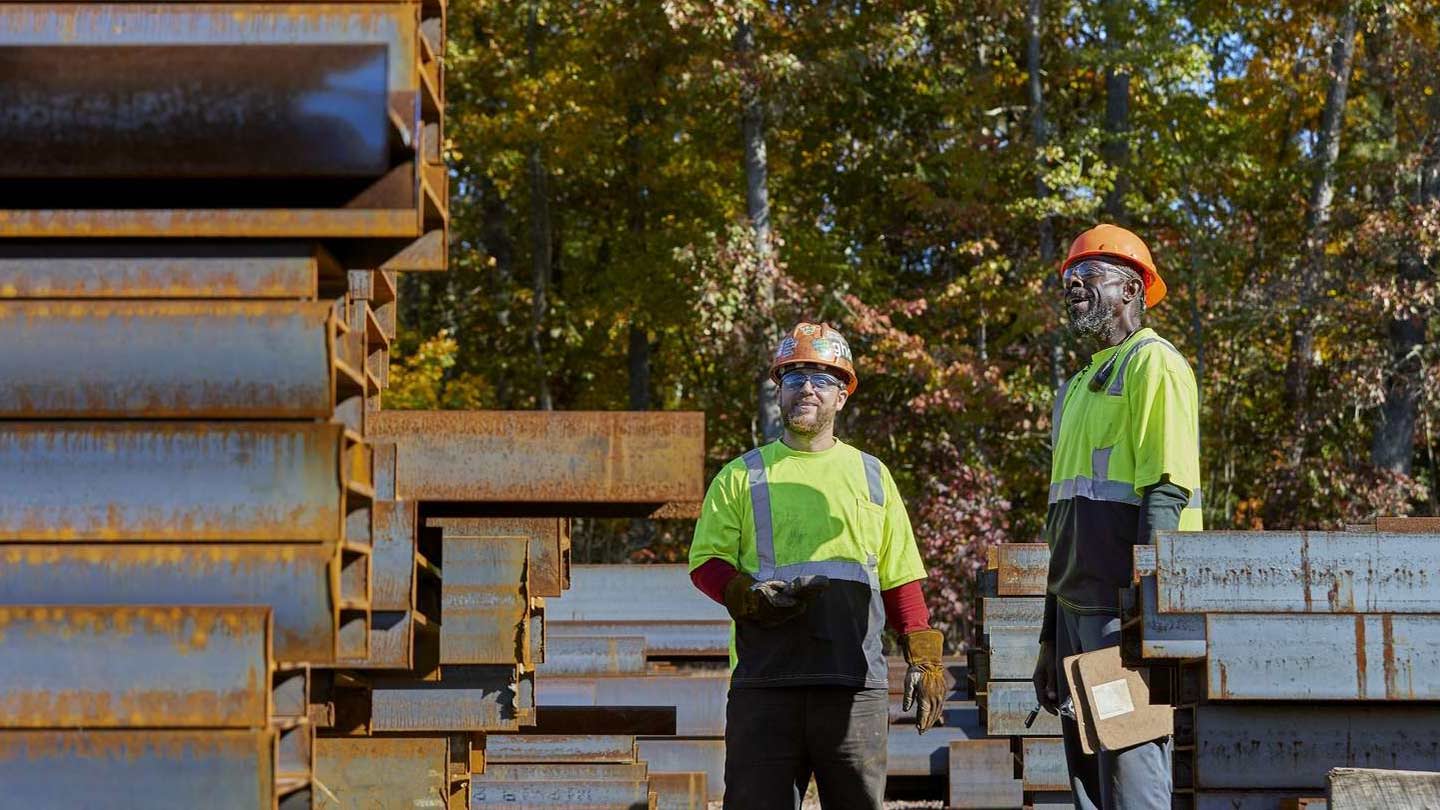How circularity can help tackle biodiversity loss
18.4.2023
Johan Schoonhoven, Senior Circularity Specialist, and Cat Hemmingsen, Senior Biodiversity Specialist
18.4.2023
Johan Schoonhoven, Senior Circularity Specialist, and Cat Hemmingsen, Senior Biodiversity Specialist
The first Earth Day was in 1970 – two years before the publication of John Sawyer’s Man-made Carbon Dioxide and the "Greenhouse" Effect. Fifty-three years ago, businesses could still claim ignorance of the effect of their activities on the natural world.
Not anymore.
Today the scientific consensus is clear: we are not living in harmony with the planet – and if we continue our current trajectory, the earth will be unable to sustain humanity.
One critical aspect of this predicament is biodiversity loss. Biodiversity is a key element of functioning ecosystems and is central to sustaining life as we know it. But it is in crisis, with wildlife populations plummeting 69 % since 1970.

For Ørsted, circularity is critical to our overall sustainability efforts. Our core business of developing and operating renewable energy assets is one of the most important ways to fight climate change and biodiversity loss. But manufacturing renewable energy infrastructure relies heavily on natural resources. So how can Ørsted help incorporate circularity principles into the renewable energy industry?
Our strategy for circularity goes beyond waste management and recycling assets under our direct control. We look for every opportunity to minimise the extraction and processing of new raw materials across our whole value chain. Through this strategic approach we have identified three key areas to create a more circular business model.
At Ørsted, we believe in exploring as many options as possible for increasing the circularity of our activities and of our industry. We have made some progress, but more work is needed – including collaboration with partners across our value chain. If we are to live in harmony with nature and revive biodiversity, we need to build circularity into everything we do – as a business, as a sector, and as a society.
We like to say that one rotation of a wind turbine can power over two thousand cups of coffee or over two hundred kilometres in an electric car. But for a sustainable future, it’s not just our wind turbines that need to keep going round. We need an industry-wide effort to make the solution to the climate crisis a circular solution.